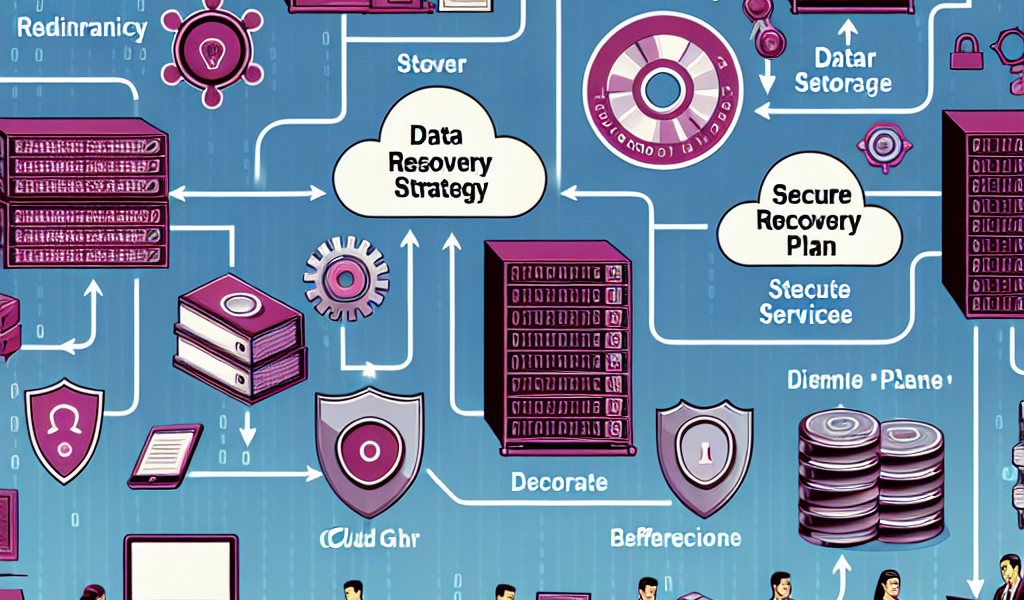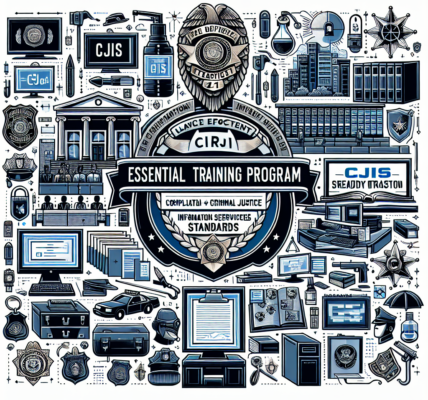In today’s digital landscape, the need for CJIS-ready data backup and recovery plans has never been more critical. For organizations handling Criminal Justice Information Services (CJIS) data, the stakes are extraordinarily high. A data breach can result not only in hefty fines but also in the loss of critical trust and integrity within communities served. If you’re feeling the weight of these responsibilities, you’re not alone. Many organizations struggle to establish robust backup and recovery strategies that meet the stringent CJIS compliance requirements. But fear not; this article will guide you through essential, effective strategies to secure your data while ensuring compliance with CJIS standards.
Key Principles of CJIS-Ready Data Backup Solutions
Establishing a CJIS-ready data backup solution begins with understanding the legal and regulatory frameworks that govern the handling of sensitive data. Organizations must ensure that their data is not only stored securely but is also accessible in the event of a disaster or cyber incident. This involves employing an encryption standard that meets or exceeds the CJIS security policy recommendations. Encryption both in transit and at rest ensures that even if data is intercepted, it remains unreadable to unauthorized parties, forming a critical layer of protection.
Moreover, the principle of “least privilege” cannot be overstated in the context of CJIS compliance. Access controls should be rigorously defined to ensure that only authorized personnel can access sensitive data. Implementing multi-factor authentication (MFA) adds a further layer of security, mitigating the risk of unauthorized access. By limiting access to data strictly on a need-to-know basis, organizations can better manage potential vulnerabilities while maintaining compliance with CJIS standards.
A well-structured backup frequency is another cornerstone of a CJIS-compliant backup solution. Organizations should adopt a regular schedule that aligns with their operational needs and data criticality. Incremental backups, combined with periodic full backups, provide a more efficient use of storage and faster recovery times in the event of data loss. Furthermore, utilizing a combination of on-site and off-site backups enhances redundancy, ensuring that data remains recoverable even in the event of a catastrophic failure at the primary site.
Effective Recovery Strategies for CJIS Compliance and Security
When it comes to recovery strategies, organizations aiming for CJIS compliance must prioritize a rapid response in the event of data loss. This involves not only having a comprehensive recovery plan in place but also conducting regular drills to ensure readiness. A well-documented and tested disaster recovery plan will outline the exact steps to be taken after a data loss incident, reducing downtime and ensuring that sensitive data can be restored quickly and securely.
Another critical aspect of effective recovery strategies is the concept of data integrity checks. Before and after recovery, organizations should perform integrity checks to confirm that the data has not been tampered with and that it is complete. Implementing checksums and hashes can help verify the integrity of the restored data. These checks serve as a double assurance that the data remains compliant with CJIS requirements, providing peace of mind for stakeholders and the communities served.
Finally, continuous improvement plays a pivotal role in solidifying CJIS-ready recovery strategies. Organizations should regularly audit their backup and recovery processes to identify areas for improvement. This includes staying up-to-date with evolving CJIS standards, emerging threats, and best practices in data security. By fostering a culture of ongoing education and adaptation, organizations can not only enhance their compliance posture but also safeguard their operational resilience against future incidents.
In conclusion, navigating the complexities of CJIS-ready data backup and recovery plans requires an unwavering commitment to compliance, security, and continuous improvement. By embracing the principles outlined above, organizations can build robust systems that not only meet legal requirements but also instill confidence within their communities. Don’t leave your data security to chance; take the steps necessary to protect your organization today. For more information on best practices and expert guidance, reach out and continue your journey toward CJIS compliance and data security. Your community deserves nothing less than excellence in safeguarding their information.




